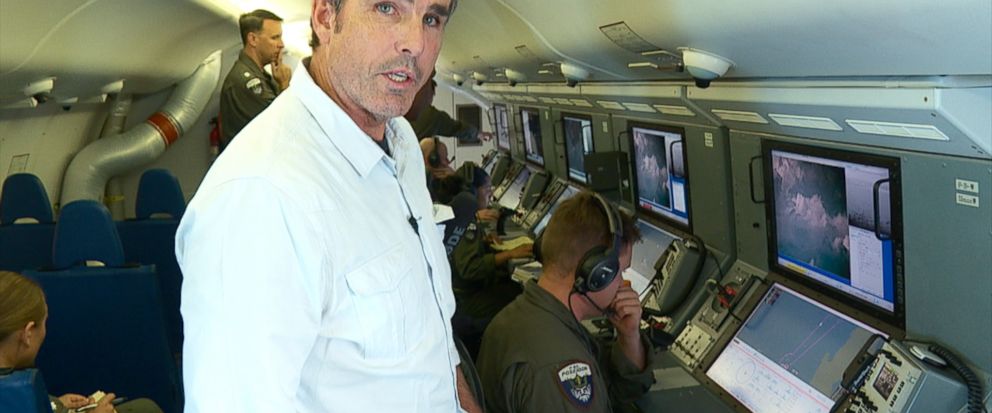China flexing aircraft carrier muscle, but so far it's a paper tiger
By KATSUJI NAKAZAWA

The Liaoning, China's first and only aircraft carrier, at sea on Dec. 24, 2016.
TOKYO -- In an unprecedented show of force, China dispatched its first and only aircraft carrier on an extensive training mission amid rising tensions with the U.S. late last year.
The Liaoning left its home port in Qingdao, Shandong Province, on Dec. 20, a month before Donald Trump's inauguration as the new U.S. president, and entered the Western Pacific via the East China Sea.
The Liaoning then went to the South China Sea and sailed north, passing through the Taiwan Strait, before returning to Qingdao on Jan. 13.
The carrier's long voyage made a big splash internationally as it involved transiting three flashpoints along the way.
The three flashpoints are the East China Sea, the South China Sea and the Taiwan Strait.
"The aim of the Chinese aircraft carrier's latest cruise was [to send a message to] China's own people, not Trump or Taiwanese President Tsai Ing-wen," said a Chinese researcher specializing in China's domestic politics and national security issues.
The researcher made the remarks at the end of last year, without elaborating.
A close look at subsequent Chinese media reports gives some insight into the researcher's thinking.
Chinese media outlets gave extensive coverage to what they described as the Liaoning's "practical" training exercises, with state-run China Central Television reporting on them on its main 7:00 p.m. news program on Jan. 13.
Chinese media outlets are all under the sway of the Communist Party's Publicity Department, the ruling party's propaganda body.
The recent flurry of media reports about the Liaoning is part of China's "public opinion warfare."
China's "three warfares" strategy consists of "public opinion warfare," "psychological warfare" and "legal warfare."
It would be safe to say that the Publicity Department tried to reassure the public about the strength of the Chinese military and dispel concerns over anticipated threats from the Trump administration.
Paper tiger
But the truth is that the Liaoning still lacks combat capabilities.
"Carrier-based aircraft are slow to take off. Even if many such planes finally took off in the event of a military contingency, most of them would have to [return and] land on the carrier before actually launching operations," said a source familiar with the Chinese military.
There are at least three reasons for the Liaoning's lack of combat capabilities.
 The Chinese aircraft carrier is not equipped with catapults for aircraft launches.
The Chinese aircraft carrier is not equipped with catapults for aircraft launches.
Chinese carrier-borne planes cannot carry enough fuel for long operations.
China also lacks know-how about the combat operations of carrier battle groups, which include numerous support ships.
The Liaoning, therefore, pales before its U.S. rivals.
A U.S. aircraft carrier is equipped with multiple catapults, allowing up to 50 planes to take off in quick succession.
The U.S. Navy has also accumulated extensive know-how about conducting combat operations of carrier battle groups over the past half-century.
The aircraft catapult is a difficult technology to master.
The Liaoning has no such device for launching aircraft at speeds sufficient for flight.
The carrier can carry up to 20 planes. But they cannot quickly take off from the carrier.
The Liaoning entered service a little over four years ago.
China purchased the Varyag, an incomplete ex-Soviet aircraft carrier, as scrap from Ukraine, as it did not have the ability to build a carrier on its own.
The Varyag was refurbished in Dalian, Liaoning Province, and rechristened the Liaoning.
The ship was commissioned in 2012.
Chinese media outlets reported on the Liaoning's training exercises with great fanfare.
But the carrier is still at the stage of conducting takeoff and landing drills and making trial voyages.
Including a new vessel to be commissioned in the near future, the U.S. possesses a total of 11 aircraft carriers.
Obviously, China's carrier fleet would not be able to take on a U.S. carrier battle group.
Defense officials from many countries agree that the Chinese carrier is still just just for show -- a "paper tiger," a term often used by Mao Zedong, the revolutionary leader who led China to communism.
Before China acquired its nuclear weapons capability, Mao resorted to bluster.
He called such weapons possessed by the U.S. and other countries "a paper tiger."
But ordinary Chinese people cannot easily understand the huge gap in military capabilities between their country and the U.S.
That is why the barrage of propaganda reports by domestic media outlets can be highly effective.
China has made strenuous efforts recently to build an aircraft carrier on its own.
A Chinese company claiming to be private also purchased the retired ex-Soviet aircraft carrier Kiev. The Chinese military studied the ship's construction, and it is now open to the public at a theme park in Tianjin, China.
China also acquired another retired ex-Soviet carrier, the Minsk, for study through a South Korean company.
After being scrutinized, the Minsk was also opened to the public in Shenzhen, Guangdong Province.
China is now building two homegrown aircraft carriers, with one of them, China's second carrier after the Liaoning, expected to be launched in the near future.
If the second Chinese aircraft carrier forms a battle group and starts operating in the Western Pacific and the South China Sea in a few years' time, the security situation in the region could change as the gap in U.S. and Chinese military capabilities will narrow gradually.
Economic tensions
Tensions between China and the U.S. are rising on the economic front as well.
Trump has harshly condemned China for racking up trade surpluses with the U.S. through unfair practices such as manipulating its currency, the yuan.
He has also vowed to give top priority to protecting American jobs.
In response to Trump's anti-China rhetoric and "America First" policy, Chinese private companies have started talking about expanding their investments in the U.S.
The move comes despite the Chinese government's desperate bid to resolve the problem of serious capital outflow.
Trump's "America First" policy is giving Chinese companies a convenient excuse to legally transfer funds out of their country to boost their holdings of safer dollar-denominated assets.
Chinese authorities have repeatedly conducted large-scale market interventions to stem the yuan's plunge amid the capital outflow.
As a result, the country's foreign exchange reserves shrank sharply to just over $3 trillion at the end of December 2016, compared with a record high of nearly $4 trillion registered at the end of June 2014.
At the beginning of this year, Chinese authorities imposed stricter controls on foreign currency exchanges, marking the latest in a series of steps to tackle the serious capital outflow problem.
In China, individuals are allowed to convert up to $50,000 worth of yuan into foreign currency a year.
Under the new regulation, they must effectively pledge not to use the money to purchase houses, securities, life insurance and some other products abroad when they submit applications to major banks.
The number of Chinese tourists visiting Japan has been rising in recent years.
They will also have to comply with the new regulation.
Some wealthy Chinese people have been on a property-purchase spree in Japan.
But the new regulation will also likely put a damper on their spending.
Meanwhile, China's foreign direct investment is also slowing down sharply.
Such investment tumbled about 40% in December 2016 on a year-on-year basis in terms of value, apparently as a result of Chinese authorities' guidance.
Sensitive year
With tensions running high between China and the U.S. both militarily and economically, Xi's regime needs to be vigilant against a possible surge in anti-U.S. feelings at home.
In a move that broke with long-standing U.S. diplomatic protocol and angered Beijing, President Trump spoke by telephone with Taiwanese President Tsai Ing-wen of the pro-independence Democratic Progressive Party on Dec. 2, 2016.
Beijing still regards Taiwan as a renegade province that must be reunified with the mainland, by force if necessary, and has pressured the Taiwanese leader to acknowledge the "One China" principle.
Trump has also repeatedly expressed doubts about the "One China" principle, which the U.S. has upheld for many years.
If the situation remains unchanged, a campaign to boycott American products or anti-U.S. demonstrations could take place in mainland China.
Xi wants to prevent any such incidents that could lead to social instability as he prepares for a crucial political event.
If history is any guide, Xi has good reason to tread carefully.
When a U.S. military plane mistakenly bombed the Chinese embassy in Yugoslavia in 1999, killing three Chinese, large-scale demonstrations were held by angry Chinese protesters in Beijing.
This year is also politically sensitive.
The Chinese Communist Party is to hold its next five-yearly national congress this autumn.
A tug-of-war within the ruling party is expected to further intensify over the lineup of a new leadership team to be chosen there.
The Trump administration will probably try to unsettle the Xi regime in various ways.
Under such circumstances, the Xi regime needs to reassure the public.
That is why it has made the most use of the Liaoning.
The first and only Chinese aircraft carrier is a treasured military asset of the Xi regime, although it is in reality just a paper tiger.
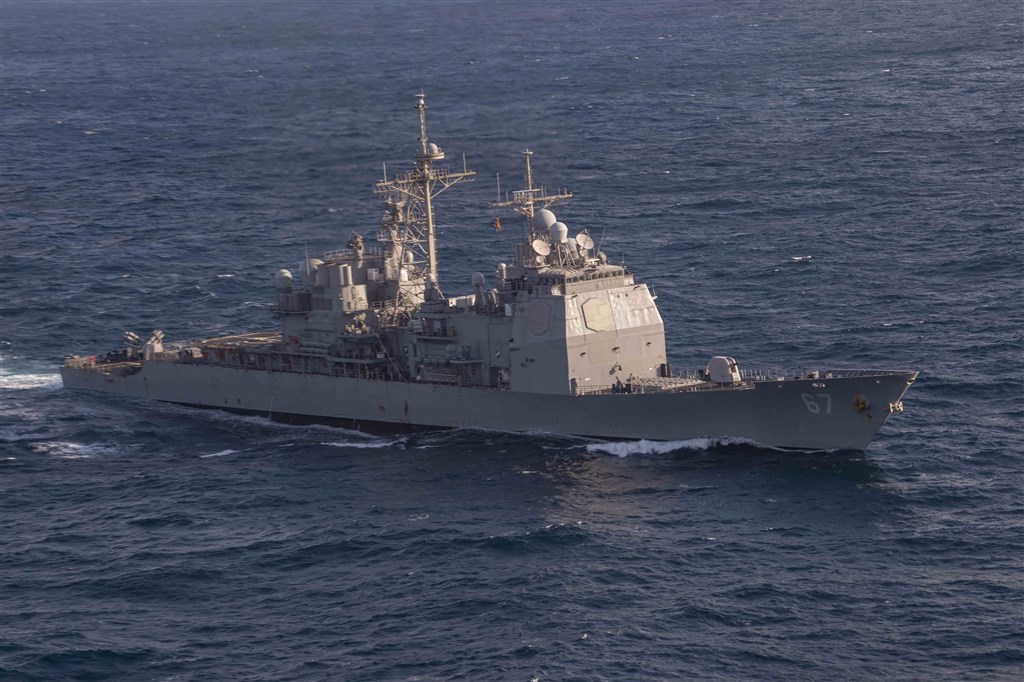

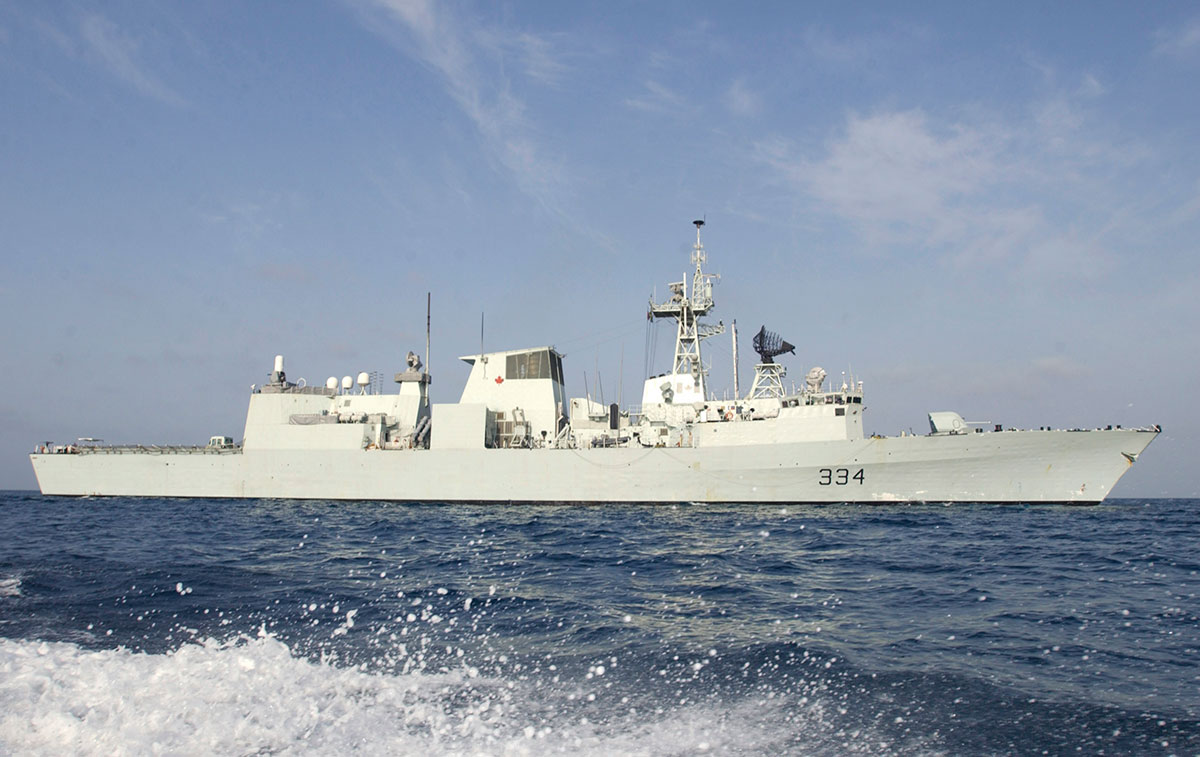
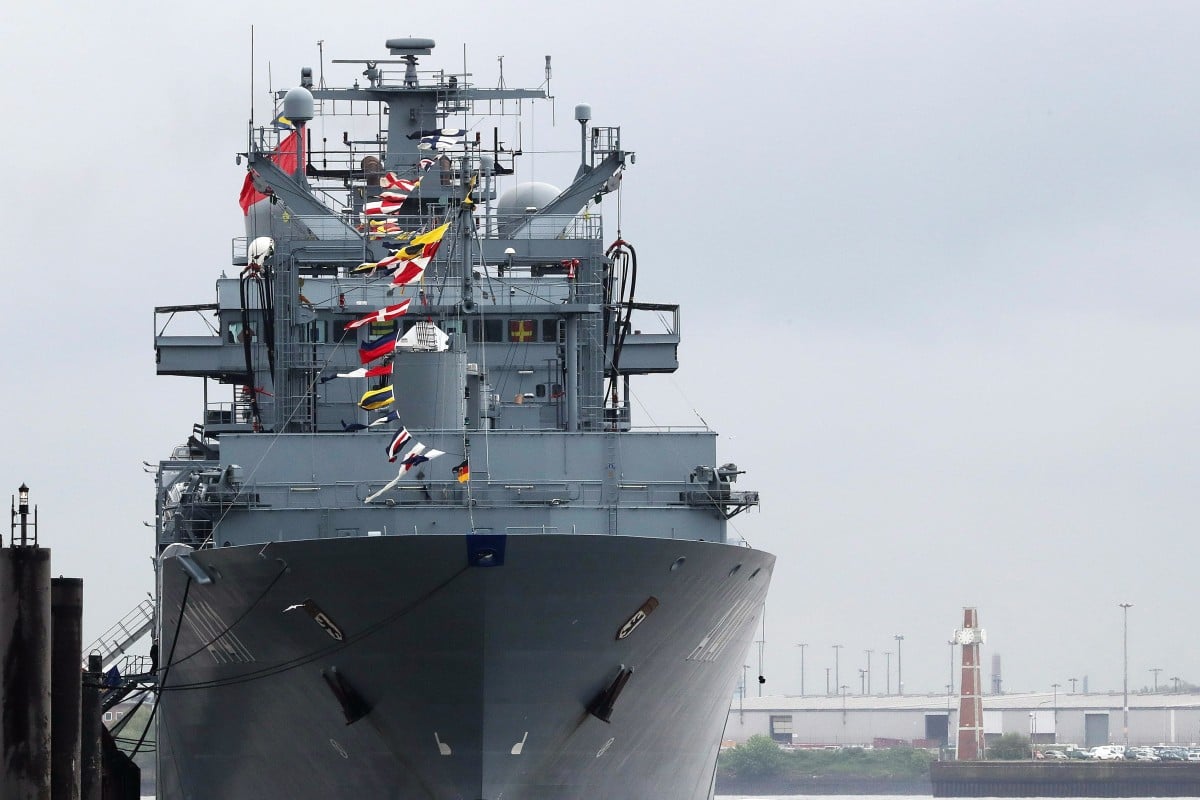




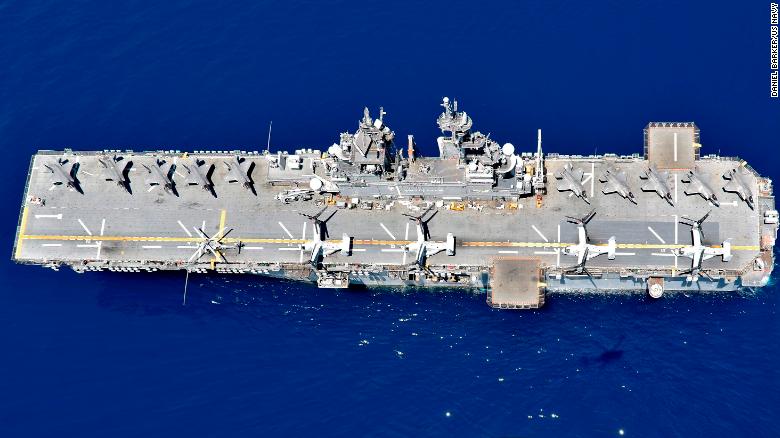
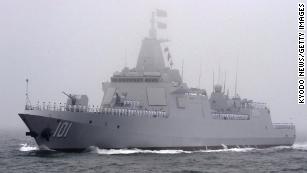
_conducts_an_underway_replenishment_with_the_Military_Sealift_Command_fleet_replenishment_oiler_USNS_Walter_S._Diehl_(T-AO_193).jpg)
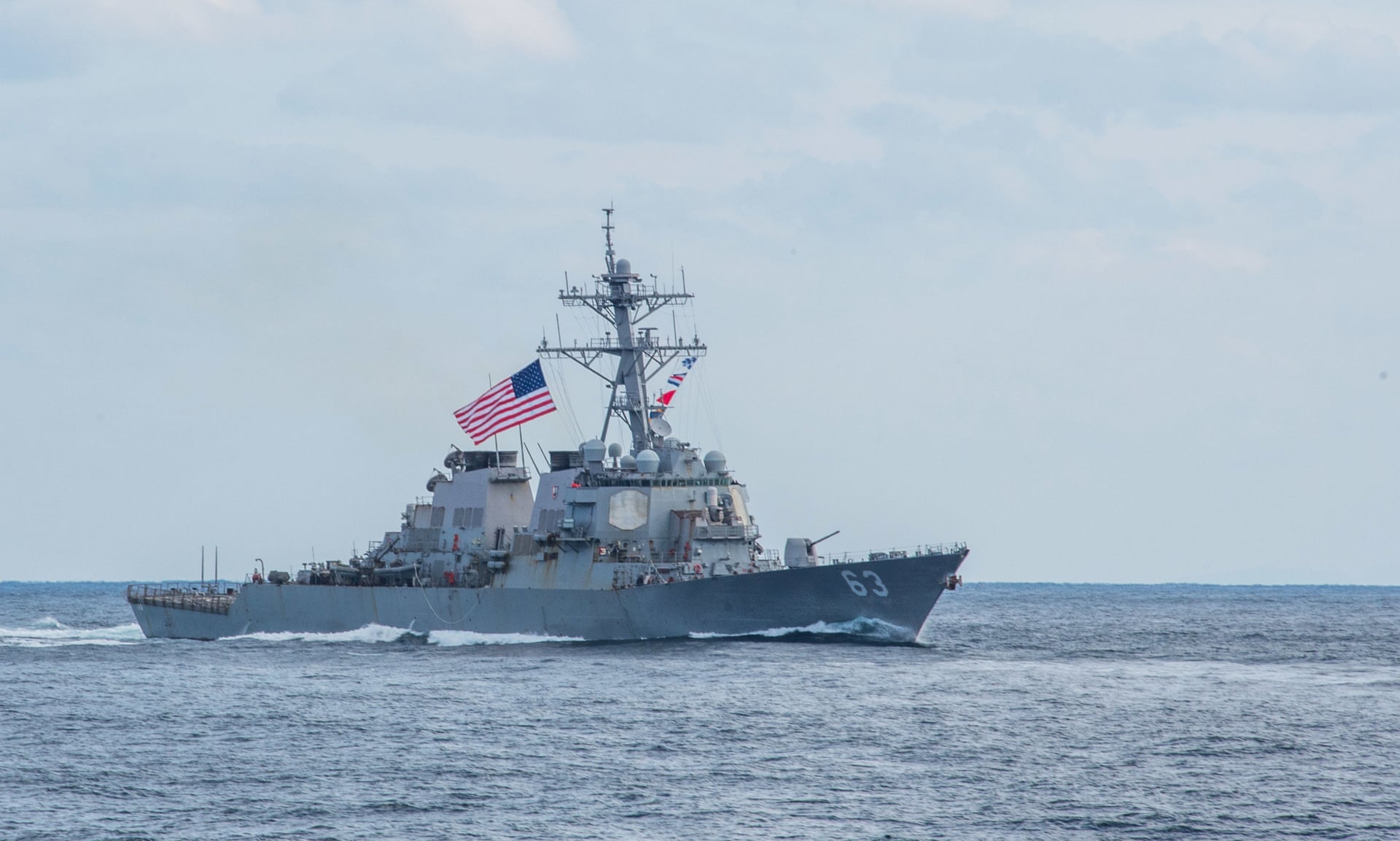
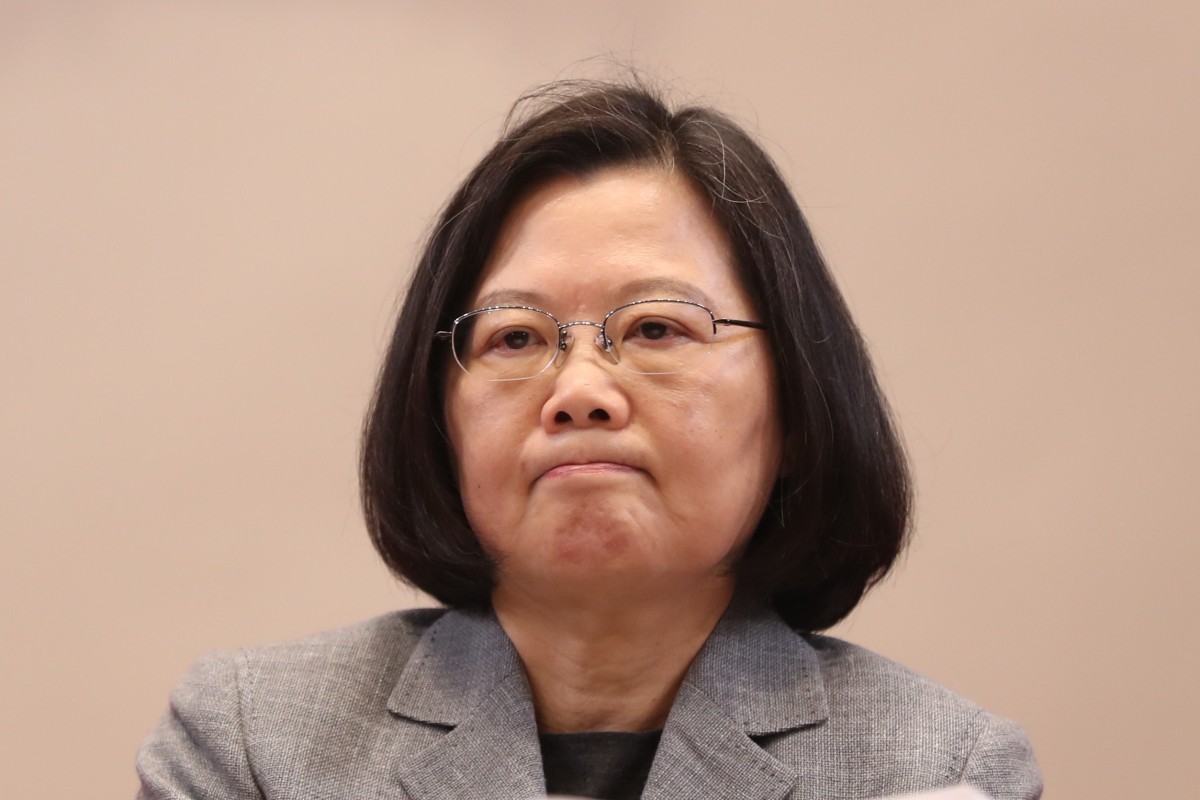
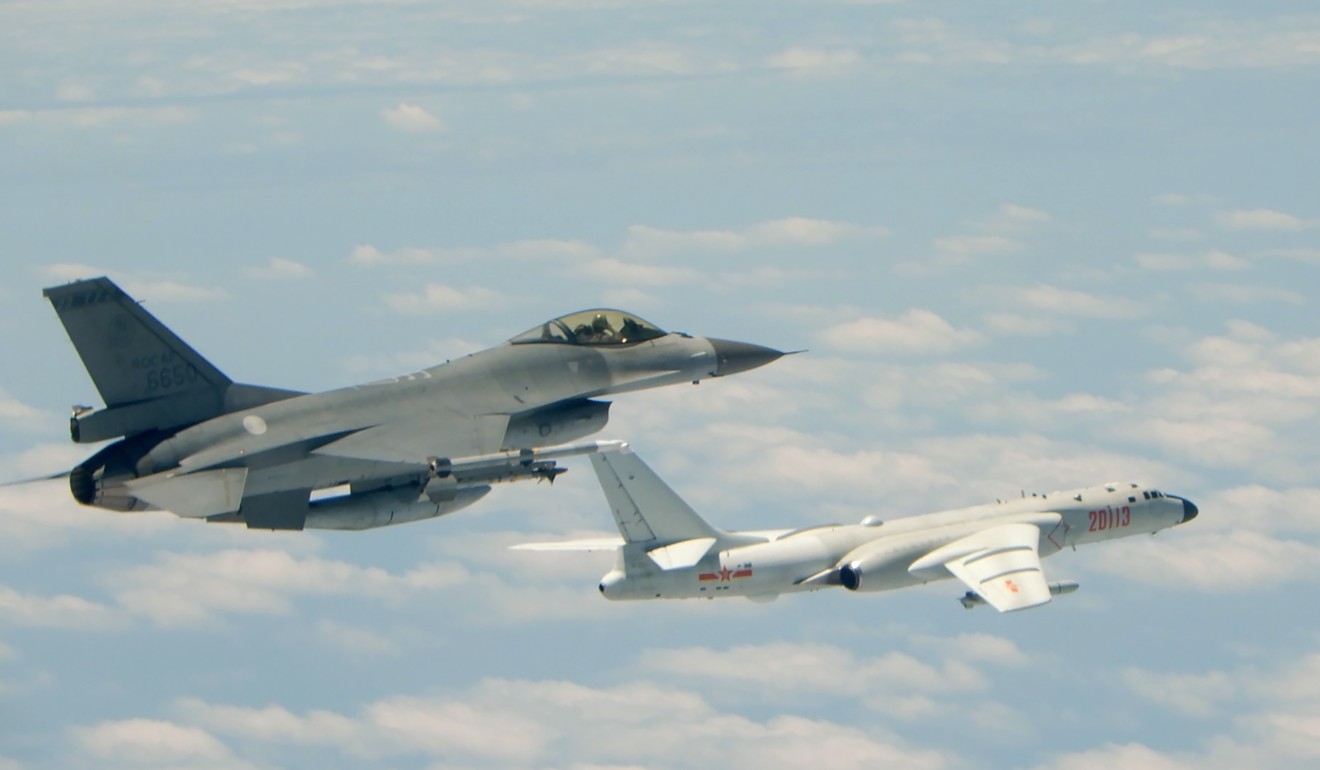
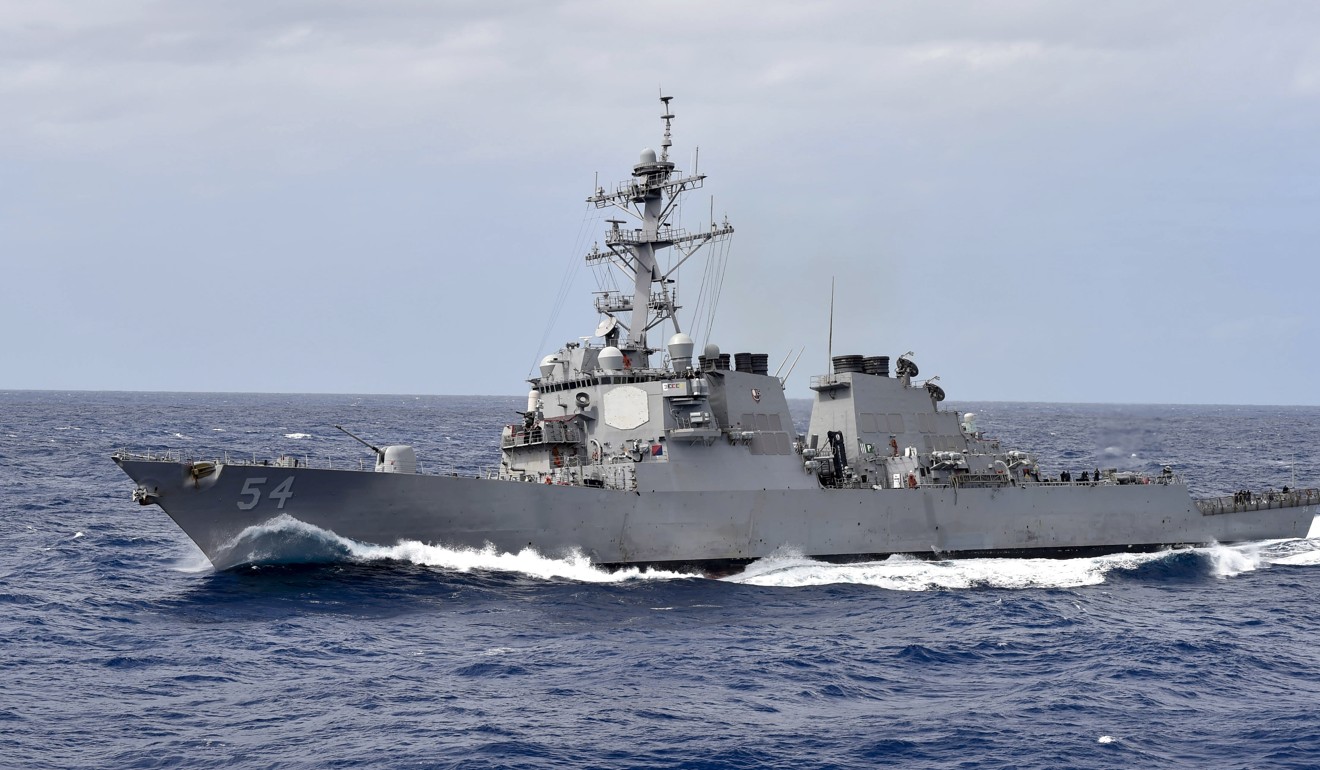

_aligns_course_in_preparation_for_an_underway_replenishment_in_the_Pac.jpg)


